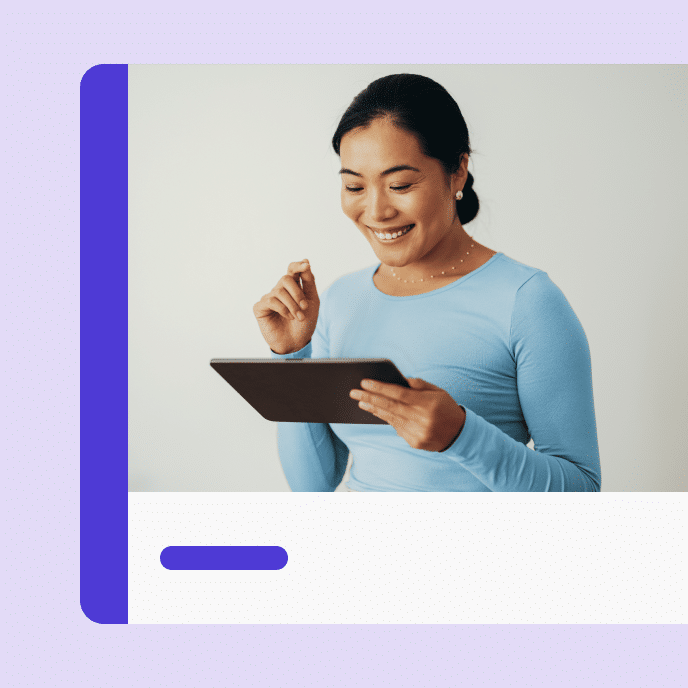What is digital learning?
Digital learning, often synonymous with e-learning, is any type of learning or education that is supported or facilitated by the use of electronic devices and technology. Examples of digital learning include the use of digital textbooks, mobile apps, online video tutorials, virtual classrooms, and online courses.
Example: The university integrated digital learning strategies like online knowledge checks into in-person classes to improve participation and knowledge retention.
What are the benefits of digital learning?
Digital learning offers a variety of benefits for both learners and educators depending on the type of digital tools and resources used. For example, virtual learning and hybrid learning offer both students and teachers flexibility, as learners can access course materials at different times and from different locations to complete courses at their own pace. These strategies may also help schools and other educational institutions scale their programs more easily and cut down on costs.
In-person classes can also take advantage of digital learning, using different types of technology to support the unique needs of various learning styles. This can make learning more accessible, improving student learning outcomes and increasing their understanding of complex topics.
Digital learning also offers a valuable opportunity to make learning fun. Technology can be used as a tool to help gamify the learning experience, entertaining participants and keeping them interested in the course material. This can increase knowledge retention and participation by making learning more enjoyable.
Best practices for digital learning and online courses
Whether you’re teaching in an exclusively online classroom or using a digital tool in an in-person classroom, it’s important to use technology in interactive, engaging ways. For example, you can use an online quiz tool to poll students in the middle of an in-person class and keep them engaged. Or, you can use a gamified online course to help remote learners interact with course material.
It’s also essential to use technology in ways that cater to a variety of different learning styles to make learning more accessible for all. For example, you can pair written or audio content with online practice scenarios to help experiential learners absorb the lessons more effectively.

Related terms
You may also like
Ready to get started with the leading course authoring tools?
Articulate has everything you need to create better workplace training. Start creating for free today.


